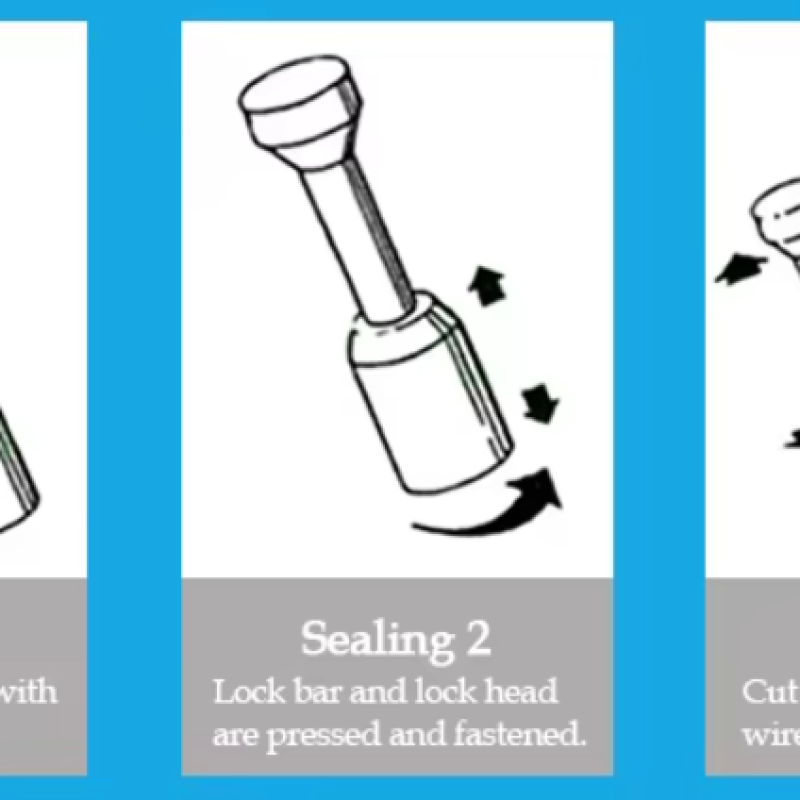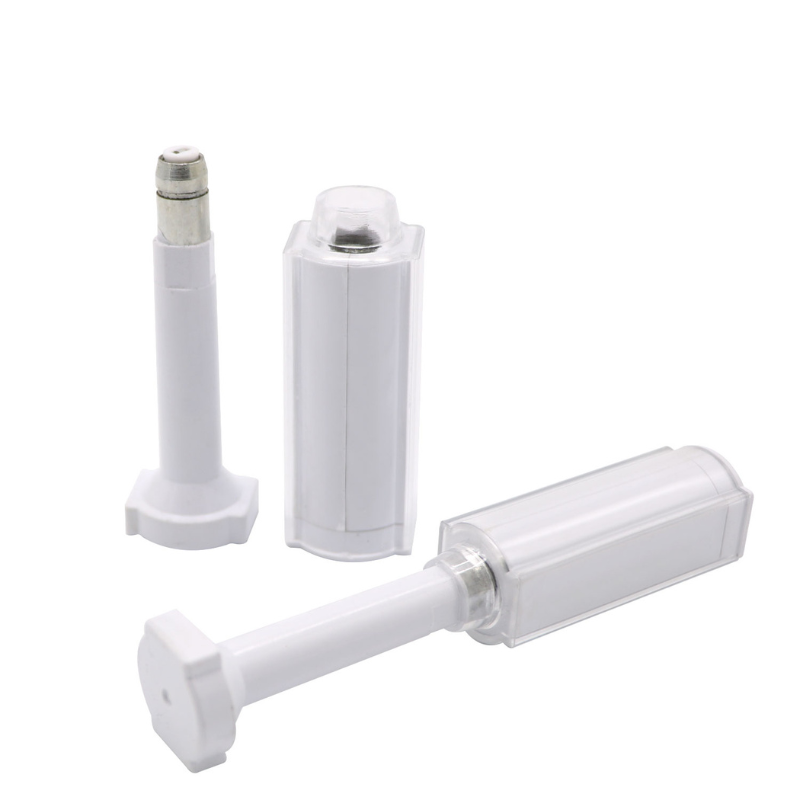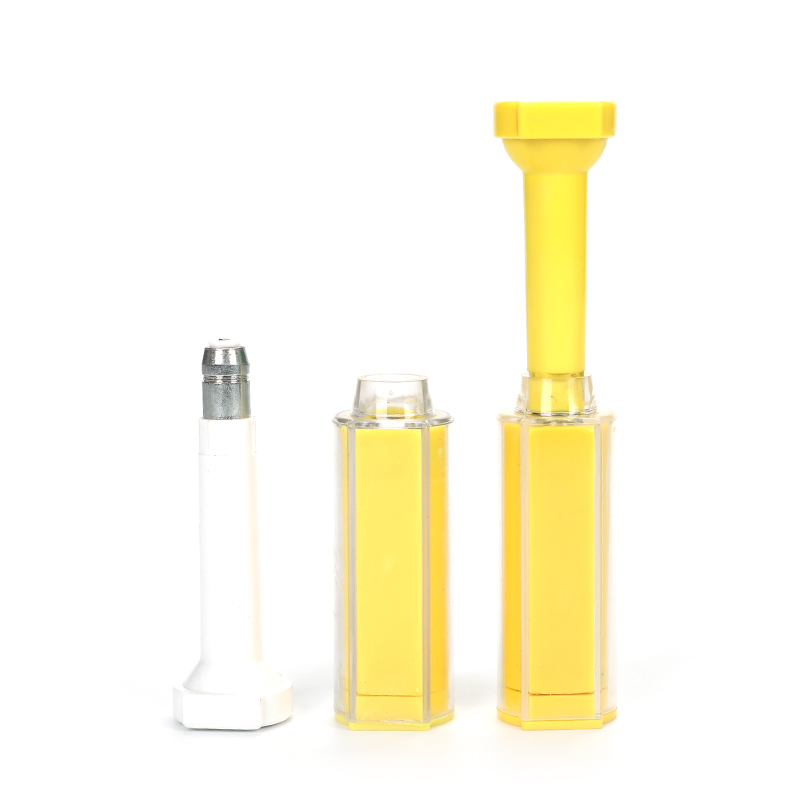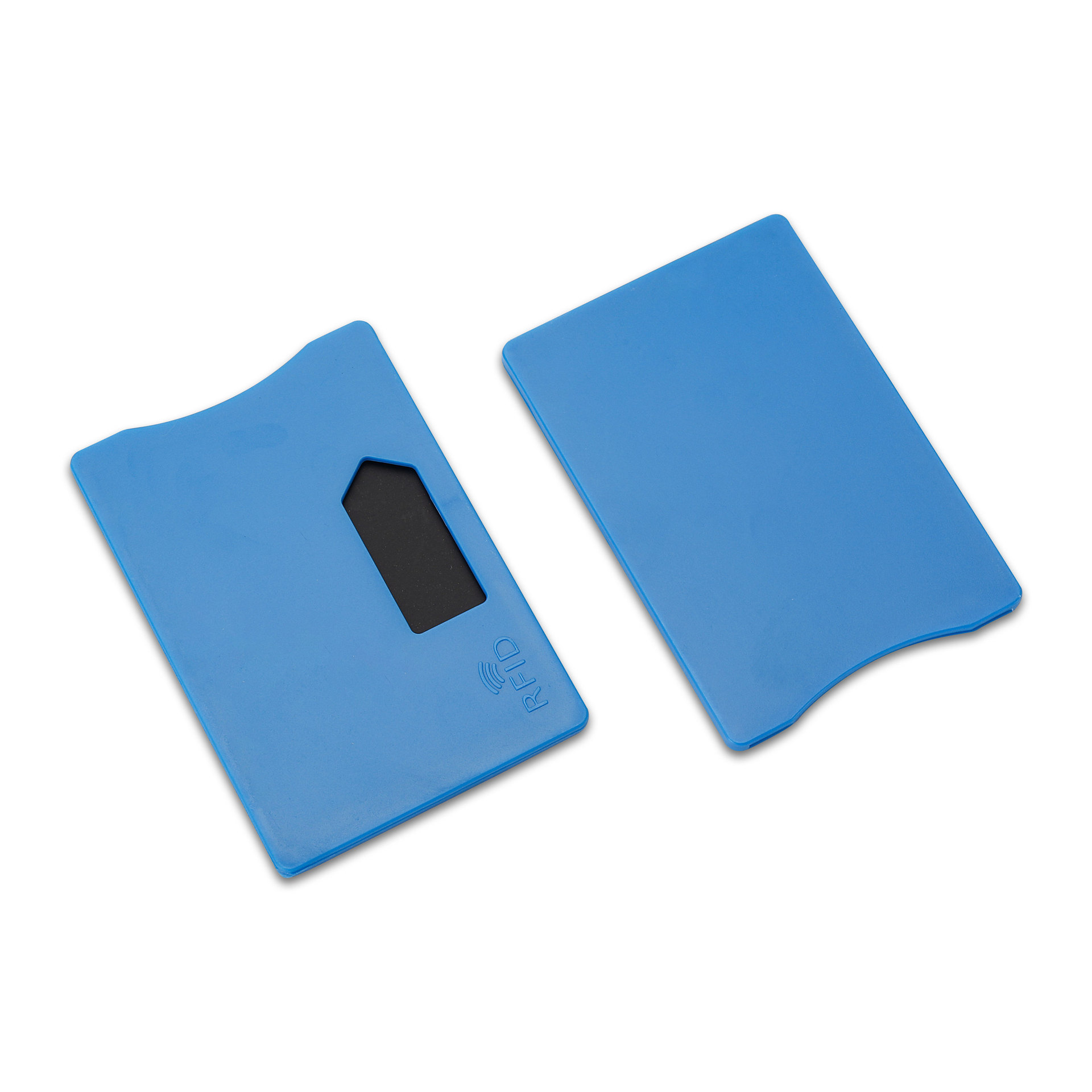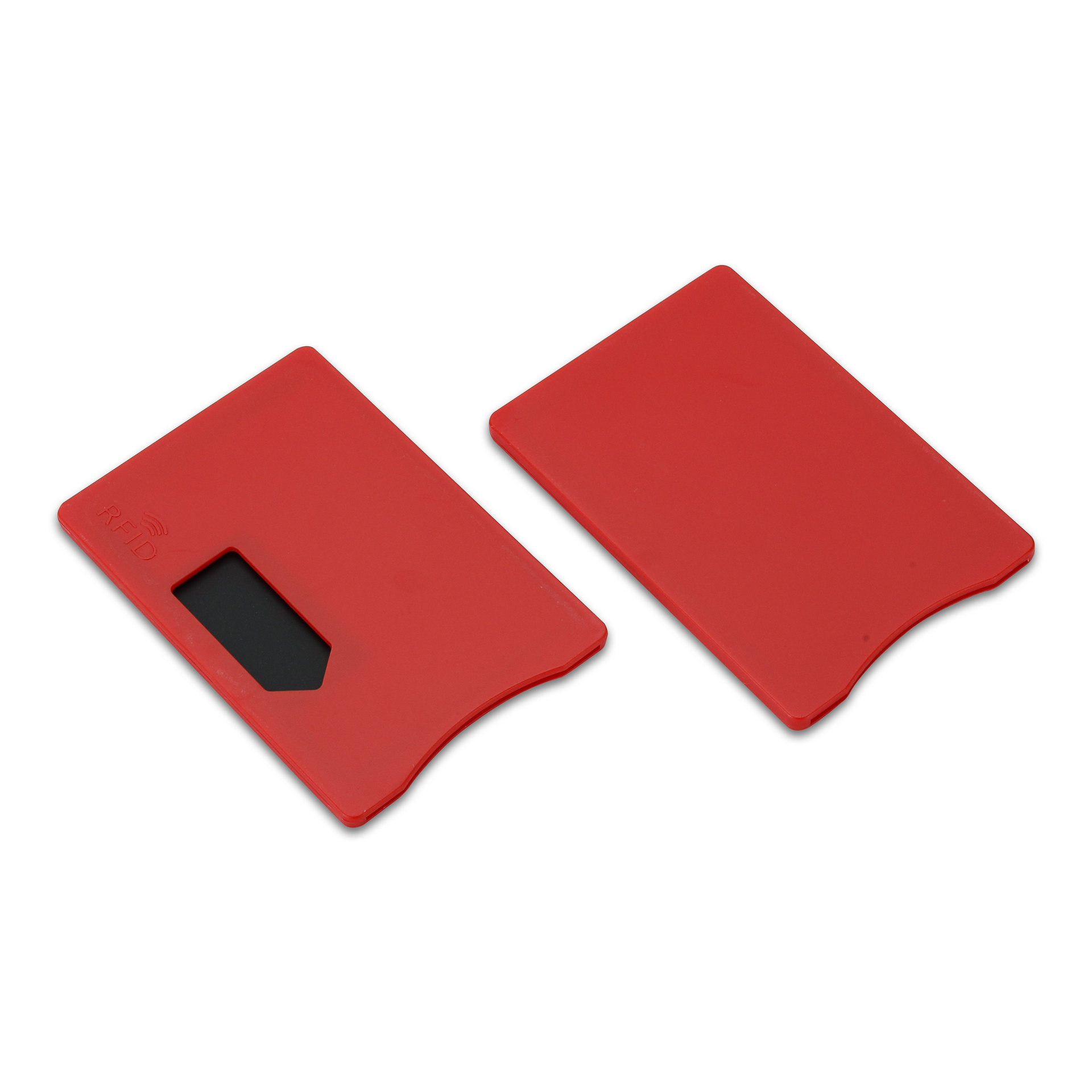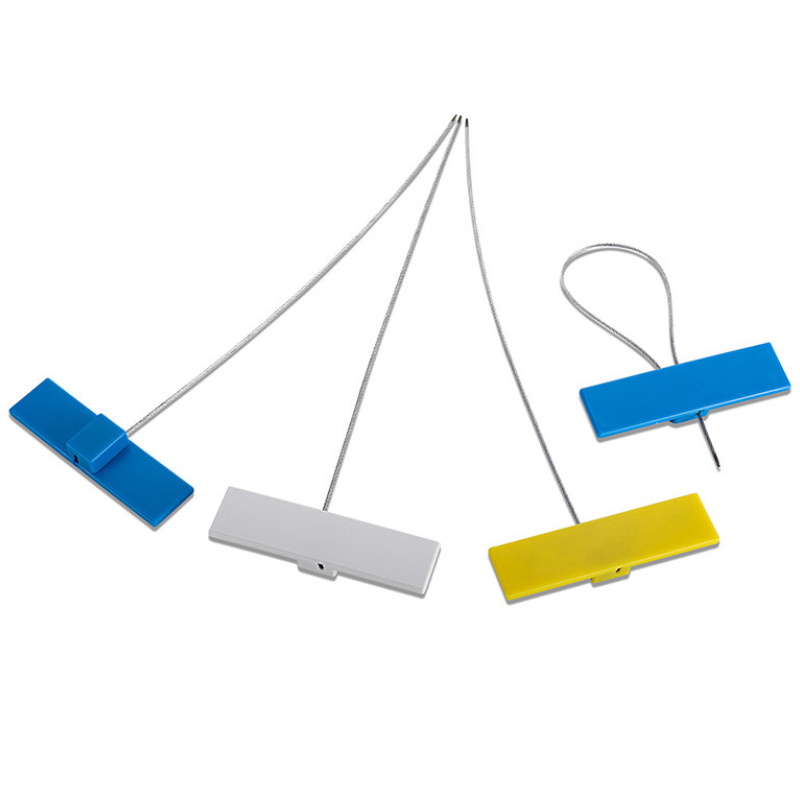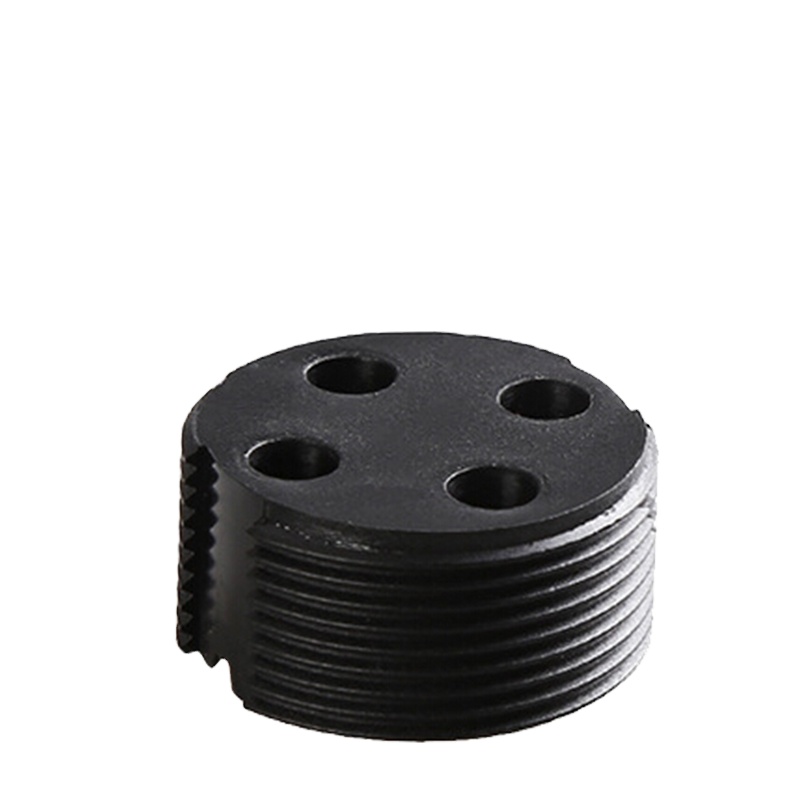
מהם אטמי בורג ומהן היישומים שלהם? | המדריך המלא
תוֹכֶן הָעִניָנִים
מבוא לאטמי בורג
א אטם בורג מנעול המכולה מספק הוכחה נראית לעין של חבלה, מה שהופך אותו לקו הגנה ראשון נגד גניבה, הברחה וגישה לא מורשית.
והחשוב ביותר, אטמי בריח מאובטחים ומאושרים עומדים בתקן ISO 17712:2013, המוכר על ידי רשויות המכס ברחבי העולם. תאימות זו הופכת את אטמי הבריח למכולות משלוח לפתרון האמין ביותר בסחר בינלאומי, תחבורה וניהול מטענים.
מדריך זה יעמיק בנושא אטמי ברגים RFID, מבנה, יתרונות, יישומים גלובליים, חלופות, ומדוע הם חיוניים להבטחת שרשראות האספקה של ימינו.
מהו אטם בורג?
אטם בורג הוא מכשיר אבטחה חד-פעמי, המונע חבלה, המעוצב עם בורג פלדה וצילינדר נעילה. הסיכה (הבורג) עוברת דרך מנגנון הנעילה ותפס המכל, וברגע שהיא נעולה, לא ניתן להסירה ללא מספריים לחיתוך ברגים.
- שימוש חד-פעמי: לאחר שנשבר, לא ניתן להשתמש שוב בחותם.
- מספר ייחודי: כל אטם בורג למכולה מגיע עם זיהוי ייחודי המודפס או מסומן בלייזר על שני החלקים.
- אטום מפני חבלה: אם החותם שבור, ניתן לראות מיד סימנים של חבלה.
- חוזק שבירה: עם חוזק של ≥10KN, האטמים יכולים לעמוד בלחץ קיצוני, מה שהופך את הסרתם ללא אישור לכמעט בלתי אפשרית ללא כלים כבדים.
בזכות תכונות אלה, אטמי בריח למכולות ולנגררים הפכו לסטנדרט באבטחת משלוחי מטען ברחבי העולם.
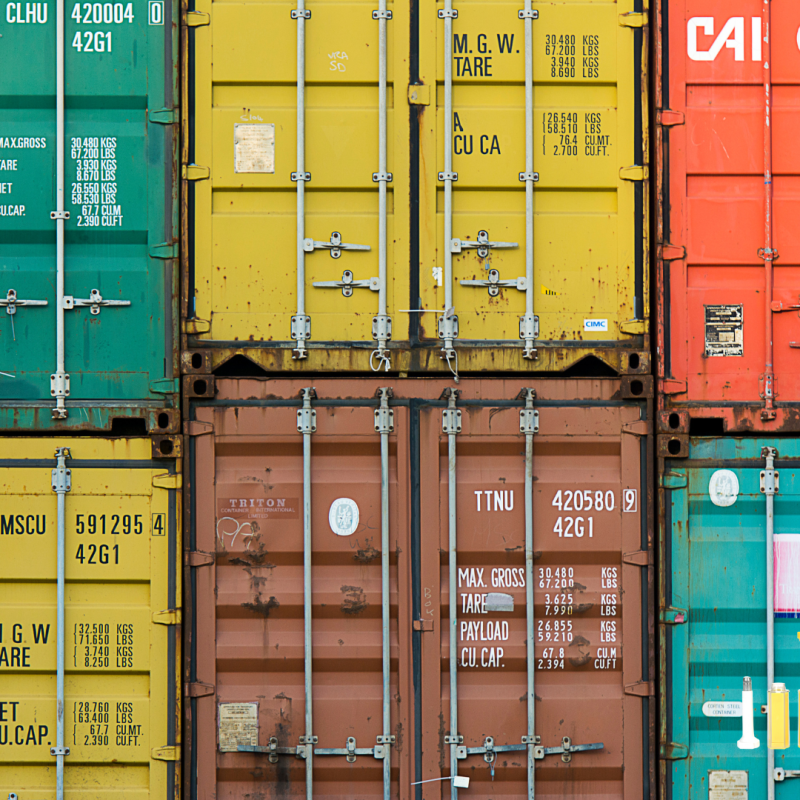
תכונות עיקריות של חותמות RFID
אטמי ברגים RFID מודרניים משלבים חוזק פיזי עם אינטליגנציה דיגיטלית. להלן התכונות המפורטות שהופכות אותם לבלתי נפרדים מאבטחת הסחר והלוגיסטיקה העולמיים:
1. אישור אבטחה ברמה גבוהה
כל אטמי הברגים האיכותיים הם בעלי תו תקן ISO 17712:2013, המגדיר אותם כאטמי ברגים בעלי אבטחה גבוהה. משמעות הדבר היא שהם מאושרים למשלוחים בינלאומיים, לשחרור ממכס ולעמידה בתוכניות כגון C-TPAT.
2. עיצוב המונע חבלה
אין אפשרות להסיר את אטם הברגים של המכולה ללא כלים מיוחדים כגון מספריים לחיתוך ברגים כבדים. במקרה של חבלה, החבית והסיכה השבורות מספקות ראיות ברורות וגלויות לעין. תכונה זו מבטיחה שמקבלי המטען יוכלו לזהות מיד גישה לא מורשית.
3. מבנה חזק
- חוֹמֶר: פלדת פחמן מגולוונת לעמידות, מצופה פלסטיק ABS לעמידות בפני קורוזיה.
- חוזק שבירה: ≥10KN, מה שהופך את פריצתו לכמעט בלתי אפשרית ללא כלים מתאימים.
זה הופך את אטמי הברגים עבור נגררים ומכולות לעמידים מספיק כדי לעמוד בתנאים סביבתיים קיצוניים.
4. זיהוי ייחודי ואיתוריות
כל מנעול מיכל עם אטם בורג מגיע עם מספרי סידורי ייחודיים, ברקודים או אפילו לוגואים של חברות, החרוטים בלייזר. כך מובטח כי מובילי המטען יוכלו לעקוב אחר האטמים ולאמת אותם בכל נקודת ביקורת, ובכך להפחית את ההונאות ואת הטעויות האנושיות.
5. שילוב RFID למעקב דיגיטלי
בניגוד לאטמים מסורתיים, אטמי ברגים RFID משלבים שבב RFID בתוך החבית או הסיכה.
- תֶדֶר: UHF 860–960 MHz
- טווח קריאה: 5–10 מטרים
דבר זה מאפשר למכס, למחסנים ולחברות לוגיסטיקה לסרוק מטענים באופן אוטומטי, להאיץ את הבדיקות ולשפר את נראות שרשרת האספקה.
6. עמיד בפני פגעי מזג האוויר ועמיד (דירוג IP67)
משלוחים בינלאומיים חושפים לעתים קרובות את המטען לגשם, אבק וטמפרטורות קיצוניות. עם איטום IP67, אטמי הברגים למכולות משלוח נשארים תקינים גם בתנאים הקשים ביותר בים, ביבשה או במגרשי אחסון.
7. אפשרויות התאמה אישית
עסקים יכולים להזמין חותמות בורג בעלות אבטחה גבוהה בצבעים שונים (לבן, כחול, צהוב, ירוק) ועם מיתוג מותאם אישית. סימון בלייזר תומך ב:
- לוגואים של חברות
- ברקודים
- מספור רציף
זה לא רק משפר את האבטחה, אלא גם מחזק את זהות המותג.
8. קל למריחה, קשה להסרה
ההתקנה של אטמי ברגים לנגררים אינה מצריכה כלים מיוחדים — פשוט הכניסו את הבורג דרך התפס והדקו את החבית עד שתשמעו קליק. עם זאת, כדי להסיר אותו נדרש מסור ברזל, מה שהופך את הגישה הבלתי מורשית לקשה ביותר.
9. אחריות אבטחה לשימוש חד-פעמי
ברגע שנשבר, איטום בורג למכולות מטען אינו ניתן לשימוש חוזר. עיצוב חד-פעמי זה מבטיח הגנה מפני חבלה ומבטל את הסיכון של שימוש חוזר באיטומים פגומים.
10. יישומים רב-תכליתיים עבור סוגי מטען שונים
מחותמות בורג למכולות משלוח ועד חותמות בורג לנגררים, העיצוב החזק שלהן הופך אותן למתאימות למשאיות, הובלת מטענים ברכבת, מכולות ימיות ומשלוחי מטענים יקרי ערך.
מה ההבדל בין אטם בורג לאטם כבל?
גם אטמי הברגים וגם אטמי כבלים מוכרים כחותמות אבטחה ברמה גבוהה לפי תקן ISO 17712:2013, אך הם משמשים למטרות שונות בתחום הלוגיסטיקה הגלובלית. להלן השוואה ברורה:
| תכונה | אטם בורג | אטם כבלים |
|---|---|---|
| עיצוב ומבנה | סיכה עבה מפלדה + חבית עם כיסוי פלסטיק ABS; יוצרת מחסום חזק. | כבל פלדה גמיש עם גוף נעילה; אורך מתכוונן. |
| רמת אבטחה | מסווג כחותם בריח בעל אבטחה גבוהה עם חוזק שבירה של ≥10KN; עמיד מאוד בפני חבלה. | אבטחה גבוהה אך מעט פחות עמידה בפני חבלה; ניתן לחתוך באמצעות מספריים לכבלים. |
| יישומים | תקן לאטמי ברגים למכולות משלוח, אטמי ברגים לנגררים ואטמי ברגים למכולות מטען. | משמש לעתים קרובות בקרונות רכבת, מכליות, מוני שירות ומשאיות עם חורי תפס לא סדירים. |
| הַתאָמָה | תואם C-TPAT ונדרש על ידי המכס עבור משלוחים בינלאומיים של מכולות עם אטמי בורג. | תואם גם לתקן ISO 17712:2013, מקובל על ידי מכס אך פחות נפוץ עבור מכולות. |
| הסרה | נדרש שימוש במספריים לחיתוך ברגים כבדים; סיכה שבורה מספקת הוכחה גלויה לניסיון חבלה. | נדרשים מספריים לחיתוך כבלים; סימני החיתוך פחות בולטים מאשר על חותם בורג שבור. |
| עֲמִידוּת | עמיד במיוחד, עמיד למים (IP67), עמיד בפני שימוש לא זהיר. | עמיד אך פחות עמיד בפני חבלה בהשוואה לאטם בריח בעל אבטחה גבוהה. |
יישומים של אטמי בורג
1. מנעולי בריח למכולות משלוח
השימוש הנפוץ ביותר הוא אבטחת מכולות משלוח ISO. אטם בורג למכולה מונע חבלה ומספק ראיות אם האטם נפרץ במהלך ההובלה.
2. אטמי בורג עבור נגררים
אטמי ברגים לנגררים מאבטחים מטענים מקומיים ובינלאומיים המועברים במשאית. הם מגנים על המטען מפני גניבה או פריצה בלתי מורשית במהלך ההובלה בכביש.
3. אטם בורג למכולות מטען בנמלים
נמלים מטפלים במיליוני מכולות מדי יום. אטמי בורג למכולות מטען מבטיחים שרק סחורות מורשות יעברו במכס, ובכך מפחיתים את הסיכונים של הברחות ומבריחים.
4. אטמי ברגים RFID לשרשראות אספקה חכמות
חברות המאמצות טרנספורמציה דיגיטלית משתמשות בחותמות RFID למעקב בזמן אמת. עם טווח סריקה של עד 10 מטרים, מנהלי לוגיסטיקה יכולים לפקח על זרימת המטענים בצורה חלקה.
מקרה אמיתי: אטמי RFID במשלוחים בינלאומיים
כדי להבין טוב יותר את היתרונות המעשיים של אטמי ברגים, בואו נבחן כיצד חברת לוגיסטיקה גדולה אימצה אטמי ברגים RFID כדי לאבטח מטענים בינלאומיים.
רקע
חברת שילוח בינלאומית שמקורה בסינגפור ניהלה אלפי מכולות משלוח בחודש ברחבי אסיה, אירופה וצפון אמריקה. החברה התמודדה עם אתגרים מתמשכים:
- עיכובים ממושכים במחסומי המכס עקב בדיקות ידניות של חותמות.
- גניבה מזדמנת של מטען יקר ערך במהלך ההובלה.
- קושי לשמור על נראות של אטמי הברגים של נגררים לאחר שהמשלוחים עוזבים את הנמל.
פתרון מיושם
החברה החליפה את חותמות הברגים המסורתיות שלה בחותמות ברגים RFID העומדות בתקן ISO 17712:2013 לחותמות ברגים בעלות אבטחה גבוהה. חותמות אלה סומנו בלייזר עם מזהים ייחודיים והוטמעו בהן שבבי RFID UHF (860–960 MHz) שניתן לסרוק במרחק של עד 10 מטרים.
- פקידי המכס, המצוידים בקוראים ניידים, יכלו לאמת באופן מיידי את מספרי החותמות מבלי לפתוח את המכולה.
- מרכז הבקרה הלוגיסטי שילב נתוני RFID בתוכנת ניהול שרשרת האספקה שלו, מה שמאפשר מעקב בזמן אמת אחר מכולות וחותמות ברגים של נגררים מעבר לגבולות.
- כל מנעול מיכל עם אטם בורג סומן בצבע שונה כדי להקל על הבדיקה הוויזואלית במחסנים.
תוצאות
- זמן הבדיקה במחסומי המכס קוצר ב-70%, מכיוון שניתן לסרוק את החותמות בכמויות גדולות.
- גניבת מטענים פחתה ב-90%, שכן ניסיונות החבלה סומנו מיד על ידי מערכת ה-RFID.
- עלויות התפעול פחתו הודות לירידה במספר הבדיקות הידניות ולהעברת מטענים מהירה יותר.
- הלקוחות זכו לנראות בזמן אמת של המשלוחים שלהם, מה ששיפר את האמון והשביעות רצון.
יישום זה מהעולם האמיתי מדגים מדוע אטמי בורג למכולות משלוח ואטמי בורג למכולות מטען נחשבים כיום חיוניים בלוגיסטיקה המודרנית. הם לא רק מונעים חבלה, אלא גם מאיצים תהליכים, וחוסכים לחברות זמן וכסף.
כיצד להשתמש ולהסיר חותם בורג
שלב 1: בדוק את אטם הברגים לפני השימוש
לפני ההדבקה, בדקו את מספר הסידורי או הברקוד הייחודי של חותם הבורג. כך תוכלו לוודא שאתם משתמשים בחותם הבורג המתאים למשלוח שלכם. רשמו תמיד את מספר הסידורי במסמכי המשלוח, כדי שהנמען יוכל לאמת אותו עם הגעת המשלוח.
שלב 2: מקם את אטם הברגים
- לצורך איטום מכולות משלוח או נגררים באמצעות מנעולים, אתרו את חורי התפס של דלת המכולה או הנגרר.
- הכנס את הסיכה המתכתית של מנעול מיכל אטם הברגים דרך חורי התפס המיושרים.
תהליך זה הוא פשוט ואינו מצריך כלים.
שלב 3: נעלו את האטם במקומו
דחפו את חבית אטם הברגים RFID על הסיכה עד שתשמעו “קליק” ברור.”
- לאחר ההדבקה, לא ניתן להסיר את החבית מבלי לחתוך את החותם.
- במקרה של אטמי ברגים למכולות, יש לוודא שתג ה-RFID פונה כלפי חוץ כדי להקל על הסריקה.
שלב 4: אמת את החותם
- ודא שוב שהאטם מחובר ומאובטח היטב.
- אשר שהמספר הסידורי או הברקוד תואמים לרישומים שלך.
- אם אתה משתמש בחותמות ברגים RFID, סרוק את החותמת עם קורא RFID כדי לוודא שהתג פעיל ומשדר.
שלב 5: הקלטת נתוני החותם
תמיד להתחבר:
- מספר הזיהוי הייחודי של חותם הבורג בעל האבטחה הגבוהה.
- תאריך ושעת הגשת הבקשה.
- העובד שהחיל את זה.
- כך נוצרת שרשרת פיקוח ניתנת לאימות, החיונית לביצוע פעולות משלוח בטוחות.
הסרת אטם בורג
מכיוון שחותמות הברגים למכולות מטען מיועדות לשימוש חד-פעמי, נדרשים כלים מתאימים להסרתן.
כלים נדרשים
- חותכי ברגים כבדים (חותכים ידניים סטנדרטיים לאטמים קטנים, חותכים הידראוליים לאטמים גדולים ומאובטחים במיוחד).
- כפפות בטיחות ומשקפי מגן להגנה.
שלבים להסרה
- מקם את להבי חותך הברגים על הסיכה המתכתית של אטם הברגים של המכל.
- הפעל לחץ חזק עד שהסיכה המתכתית תישבר.
- השליך את החלקים השבורים בצורה בטוחה — לעולם אל תשתמש שוב באטם בורג נגרר שבור.
- תעד את הסרת החותם בתיעוד שלך, תוך ציון התאריך, השעה והמפקח.
טיפ חשוב בנושא אבטחה:
רק גורמים מורשים רשאים להסיר את חותם הברגים ממכולות מטען. הסרה בלתי מורשית עלולה להעיד על חבלה או גניבה.
אודות חותמות RFID של JIA
ב-JIA RFID Seals, אנו מתמחים בייצור אטמי ברגים, אטמי כבלים ואטמי פלסטיק העומדים בתקנים בינלאומיים. אטמי הברגים RFID שלנו זוכים לאמון של ספקי לוגיסטיקה, מחסנים ויצואנים גלובליים בזכות חוזקם, אמינותם ומחירם הסביר.
- משלוחים לכל העולם
- מחירים תחרותיים
- אפשרויות מיתוג מותאמות אישית
בין אם אתם זקוקים לאטם בורג למכולה עבור הובלה בינלאומית או לאטמי בורג לנגררים עבור לוגיסטיקה מקומית, JIA RFID מספקת פתרונות אמינים.
שאלות נפוצות (FAQ)
למה משמש אטם בורג?
אטם בורג משמש לאבטחת מכולות, נגררים ומשלוחי מטען. מטרתו היא למנוע חבלה ולספק ראיות גלויות אם נעשה שימוש במשלוח ללא אישור.
איך פועל אטם בורג RFID?
אטם RFID משלב את העוצמה של אטם מסורתי בעל אבטחה גבוהה עם טכנולוגיית RFID. הוא מכיל שבב שניתן לסרוק ממרחק של 5-10 מטרים, מה שמאפשר לצוותי המכס והלוגיסטיקה לעקוב אחר המטען ולאמת אותו במהירות רבה יותר.
האם אטמי הברגים ניתנים לשימוש חוזר?
לא. אטמי בורג מתוכננים כאטמי אבטחה חד-פעמיים. לאחר נעילתם, יש לחתוך אותם בעזרת מספריים לחיתוך בורג כדי להסירם, וכך להבטיח אבטחה מפני חבלה.
מהו אטם בורג למכולה?
אטם בורג למכולה הוא סוג של אטם בורג שתוכנן במיוחד לאבטחת מכולות משלוח. הוא נועל את דלתות המכולה ומבטיח שהמטען שבתוכה יישאר מוגן במהלך ההובלה.
האם אטמי ברגים RFID יכולים להחליף אטמים מסורתיים?
כן, אך למעשה הם משפרים את האיטום המסורתי. אטמי ברגים RFID מספקים הן הוכחת חבלה פיזית והן מעקב דיגיטלי, מה שהופך אותם לאידיאליים עבור שרשראות אספקה מודרניות הדורשות נראות בזמן אמת.
מסקנה: מדוע אטמי בורג הם חשובים
ממשלוחים בינלאומיים ועד הובלה יבשתית, אטמי בורג הפכו לבלתי נפרדים מאבטחת הסחר העולמי. הם מגנים על המטען, מונעים חבלה ומבטיחים עמידה בתקנות המכס. עם התפתחות אטמי הבורג RFID, חברות נהנות כעת מהיתרונות של אבטחה פיזית ודיגיטלית כאחד.
בין אם אתם זקוקים לאטמי בריח למכולות משלוח, אטמי בריח לנגררים או אטמי בריח בעלי אבטחה גבוהה למכולות מטען, השקעה בפתרון הנכון מבטיחה שרשרת האספקה שלכם תישאר מאובטחת, תואמת לדרישות ויעילה.
לפתרונות אמינים בעלי תו תקן ISO, JIA RFID מספקת אטמי בורג למכולות המשלבים עוצמה, תאימות ויכולות מעקב מתקדמות.

ריי ג'ואו
מאמר זה נכתב על ידי ריי ז'ו, מומחה לטכנולוגיית RFID עם יותר מ-10 שנות ניסיון בתחום.
הערות
מוצרים לוהטים
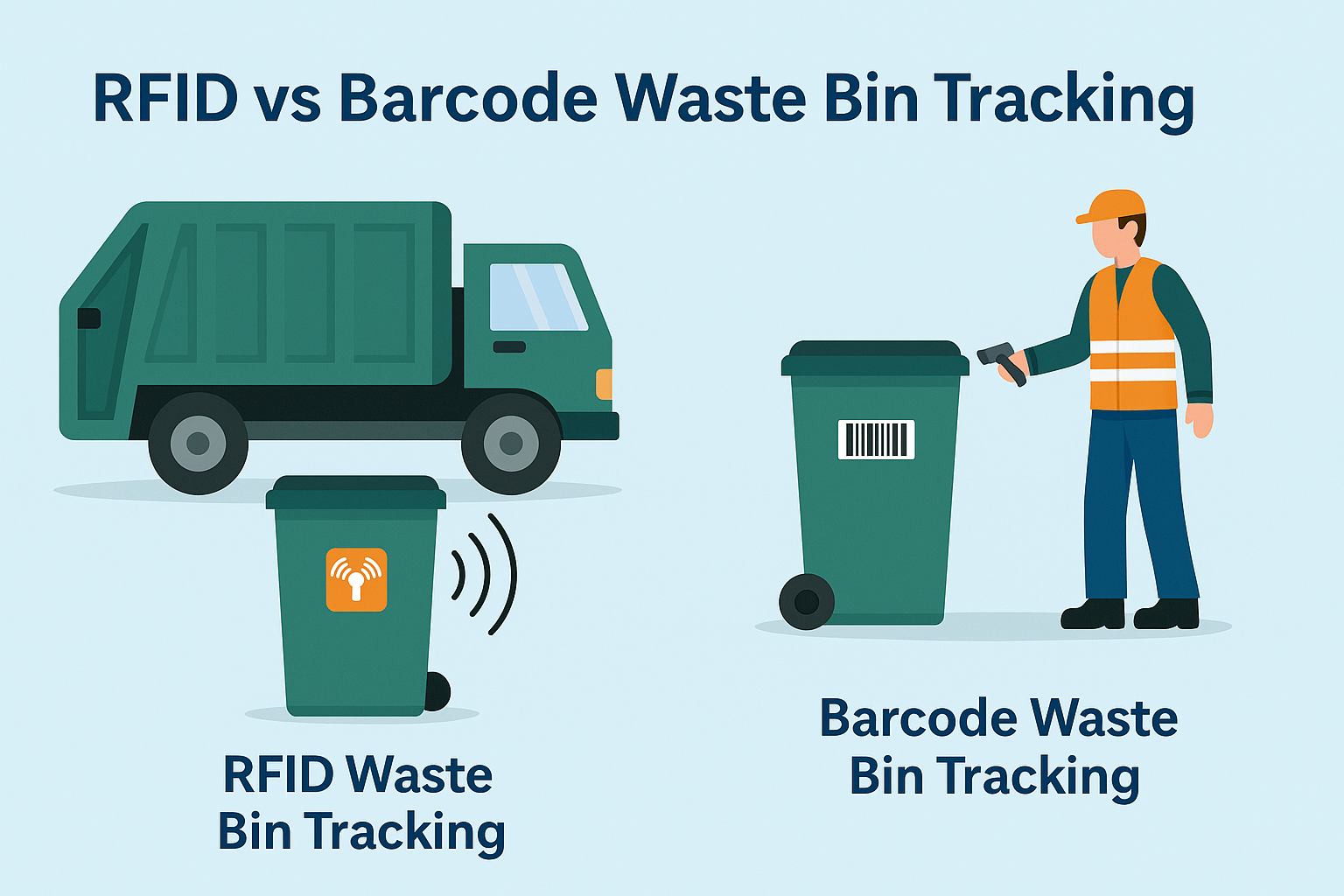
מהו ניהול פסולת באמצעות RFID
דמיינו עיר שבה כל פח אשפה מדבר — לא במובן המילולי — אלא באמצעות שבב זעיר שמודיע למערכת מתי הוא מלא, מתי הוא מרוקן ולאן הוא נלקח. זה מה שעושה כיום ניהול פסולת באמצעות RFID.
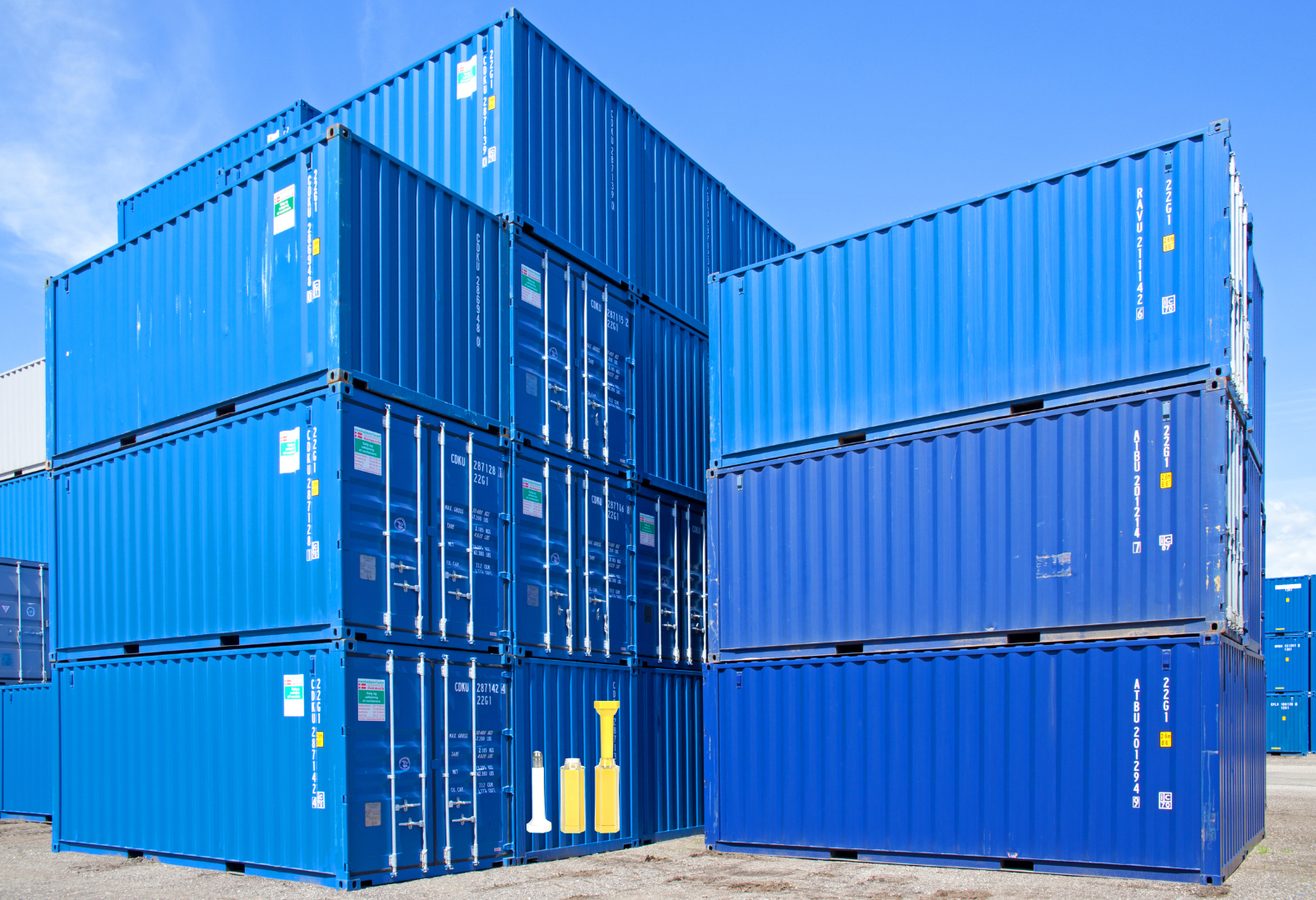
מהם אטמי בורג ומהן היישומים שלהם? | המדריך המלא
בסחר ולוגיסטיקה גלובליים, אטמי בורג ממלאים תפקיד מכריע בהבטחת אבטחת המטען ותאימותו. מכשירים קטנים אך עוצמתיים אלה נועדו לנעול מכולות משלוח, נגררים ודלתות מטען באמצעות מנגנון המונע חבלה.
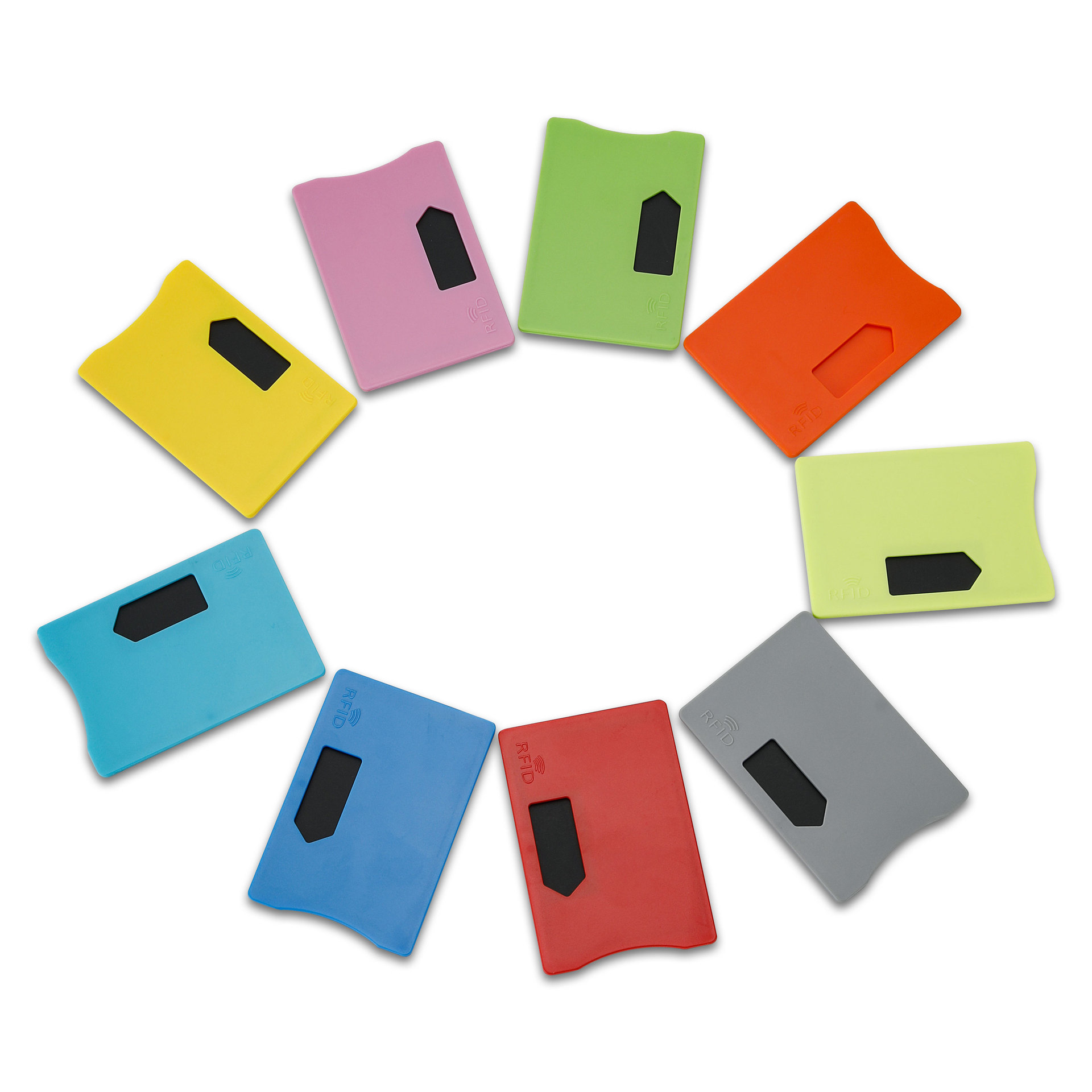
מהו מגן כרטיס RFID? יתרונות, דוגמאות לשימוש ומדריך לקנייה
טכנולוגיית RFID (זיהוי בתדר רדיו) נמצאת בכל מקום: בכרטיסי האשראי, בתגי זיהוי, בכרטיסי נסיעה, במפתחות לחדרי מלון ועוד. היא מציעה מהירות ונוחות, אך היא גם פותחת את הדלת לסוג חדש של גניבה דיגיטלית המכונה “סקים”. כאן נכנס לתמונה מגן כרטיסי RFID.

צמידי RFID לאירועים: מדריך לרכישה בכמויות גדולות למארגנים
צמידי RFID לאירועים הופכים לפתרון המועדף על מארגנים הזקוקים לכניסה מהירה יותר, למניעת הונאות ולתשלומים ללא מזומן בקונצרטים, בפסטיבלים ובאצטדיוני ספורט. בניגוד לכרטיסים מנייר או לקודי QR, צמידים חכמים אלה משתמשים בשבבים מוטמעים כדי לייעל את הגישה, לאבטח את העסקאות ולשפר את חוויית האורחים.
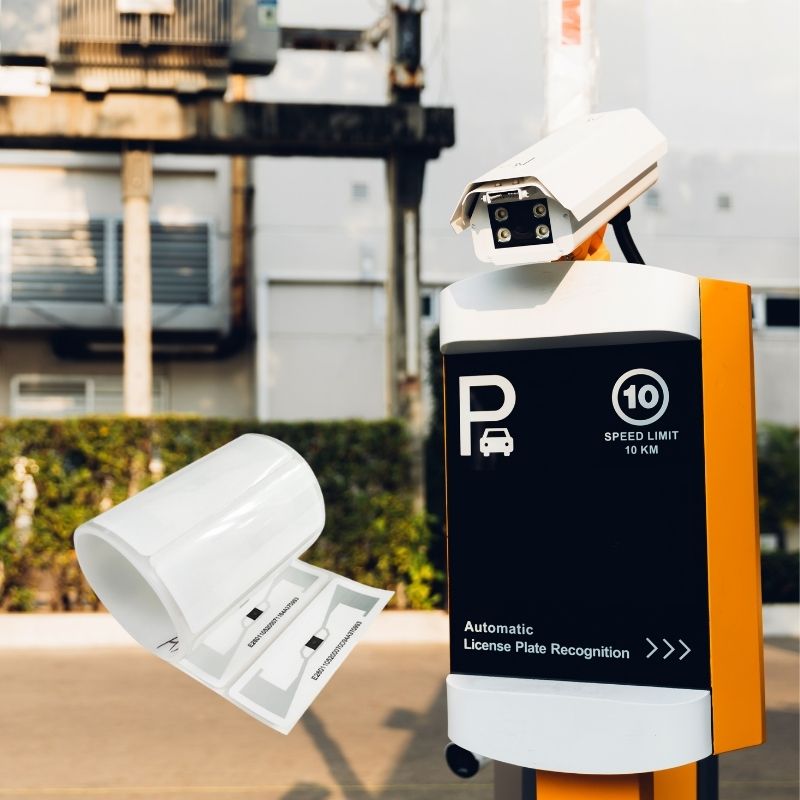
כיצד תג RFID על השמשה הקדמית משפר את בקרת הגישה לרכב ומערכות האגרה
בעולם המהיר של ימינו, זיהוי כלי רכב צריך להיות מהיר, מאובטח וללא מגע. תג RFID על השמשה הקדמית מספק בדיוק את זה — דרך אמינה לנהל גביית אגרה, חניה וגישה לשערים מבלי לעצור את כלי הרכב.
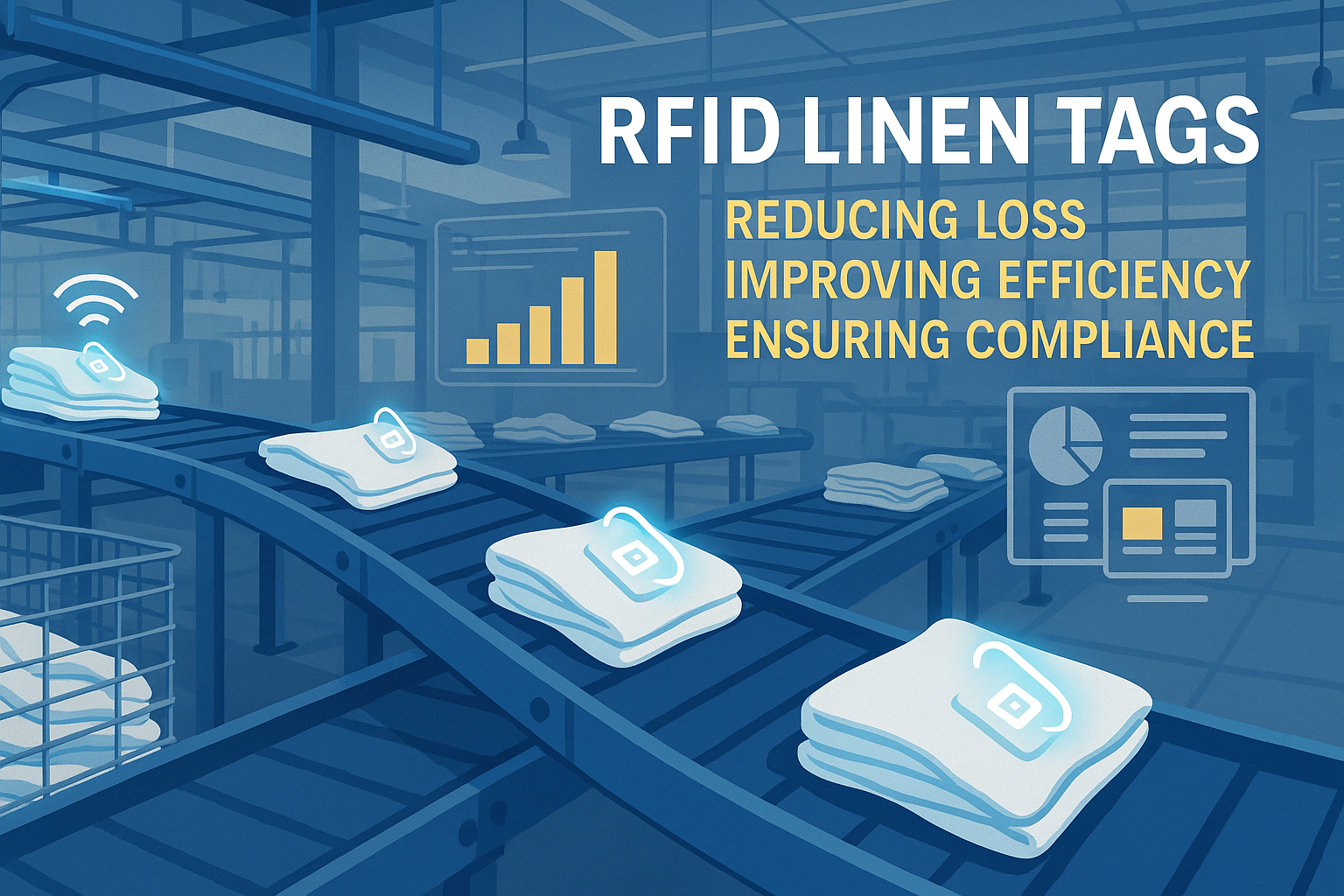
היתרונות של תגי RFID למצעים במכבסות מסחריות
ניהול כביסה בבתי חולים, בתי מלון או שירותי כביסה גדולים הוא משימה לא פשוטה. מדי יום, אלפי סדינים, מגבות ומדים מכובסים, ממוינים ונשלחים בחזרה. אך בעיות כמו אובדן מצעים, טעויות במיון וספירה ידנית עלולות לעלות לחברות הרבה כסף. לדוגמה, בתי מלון בינוניים עלולים להפסיד מעל $200,000 מדי שנה בגלל מצעים שאבדו.
זה המקום שבו תגי RFID לבדים נכנסים לתמונה.

